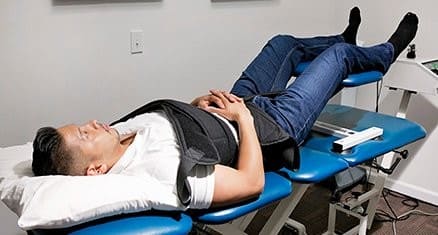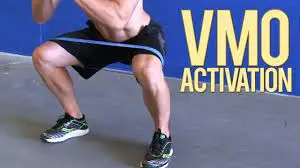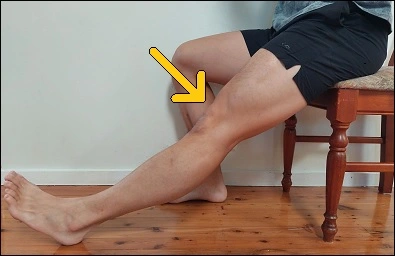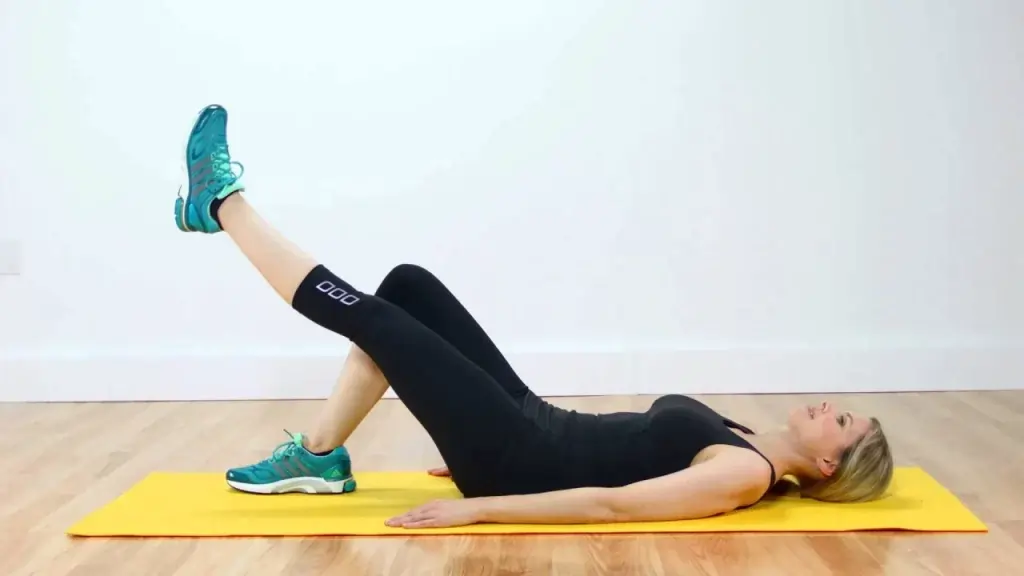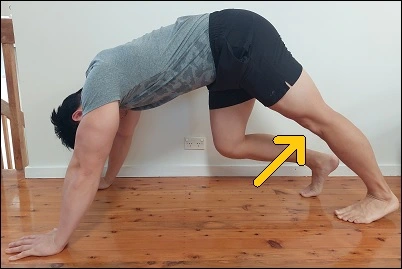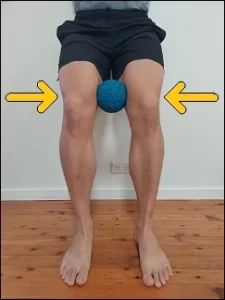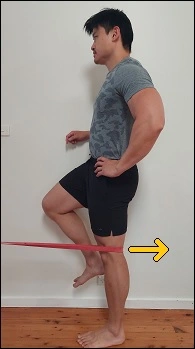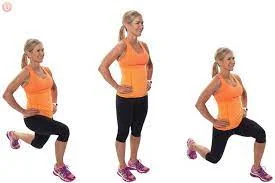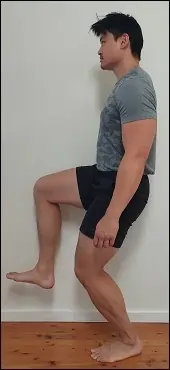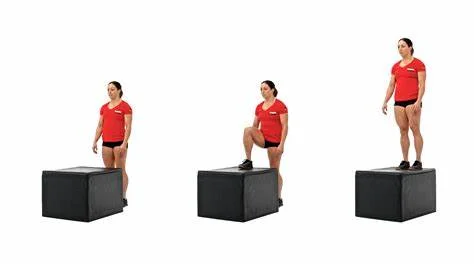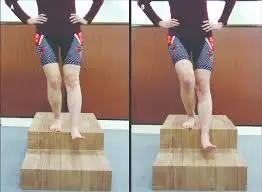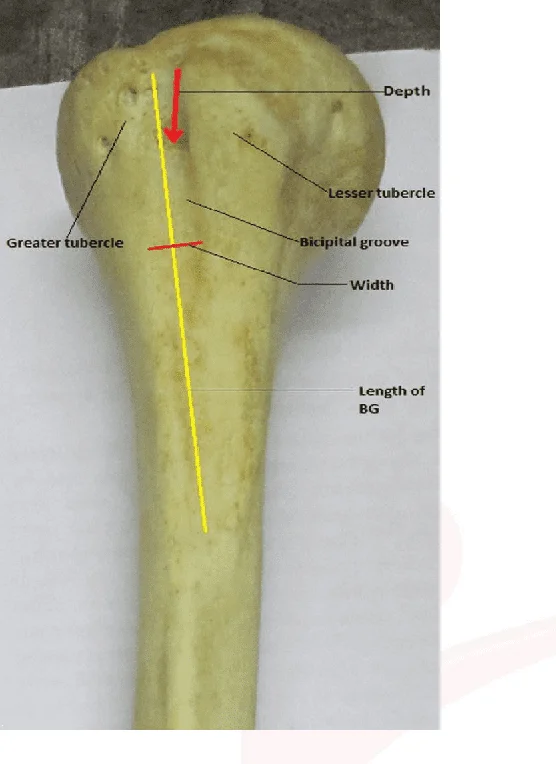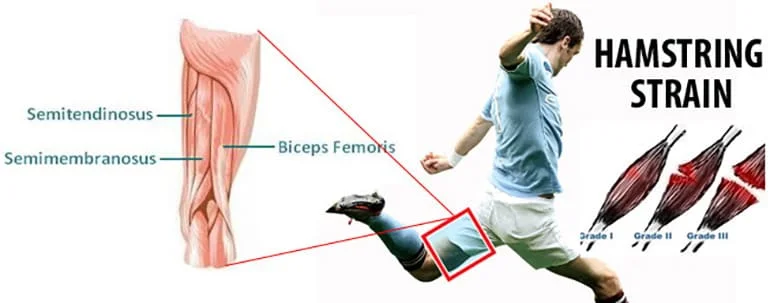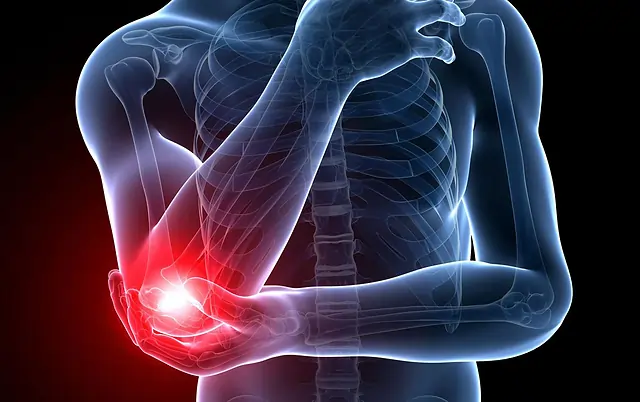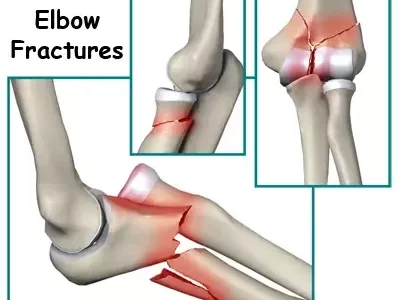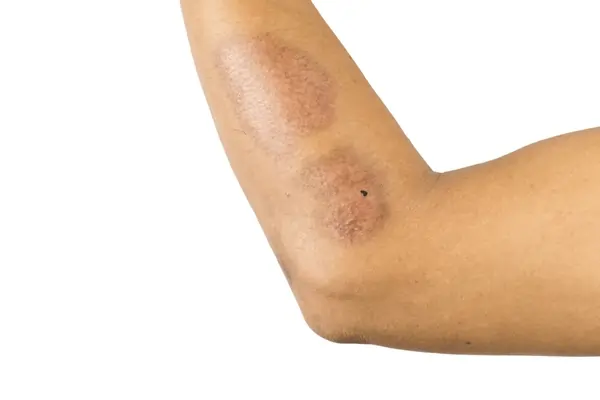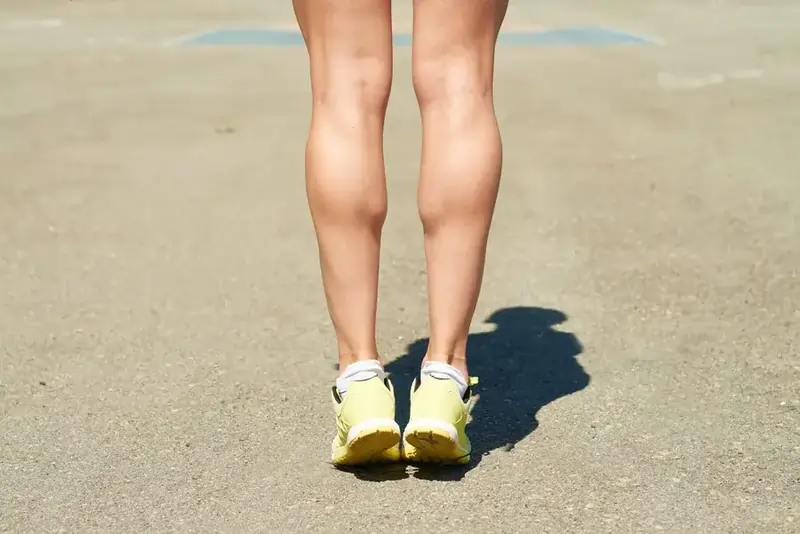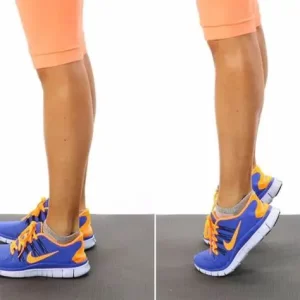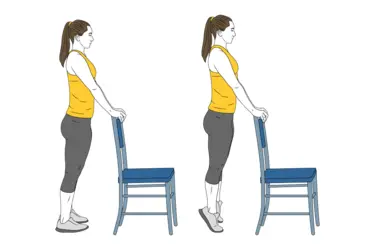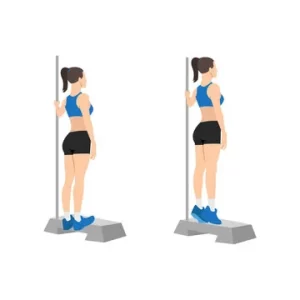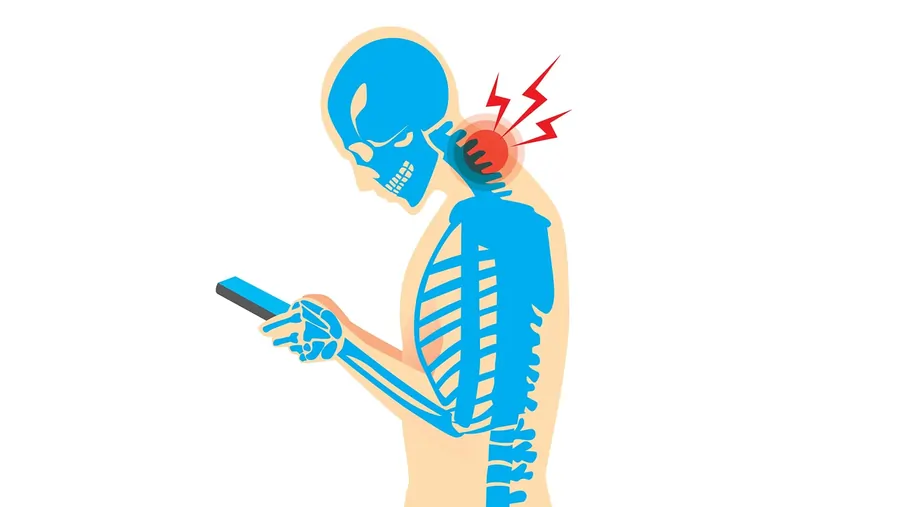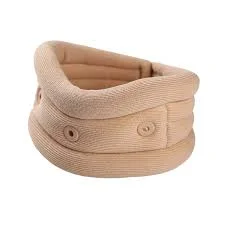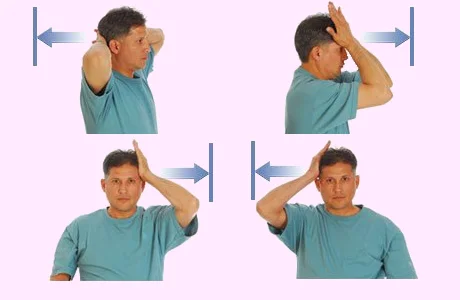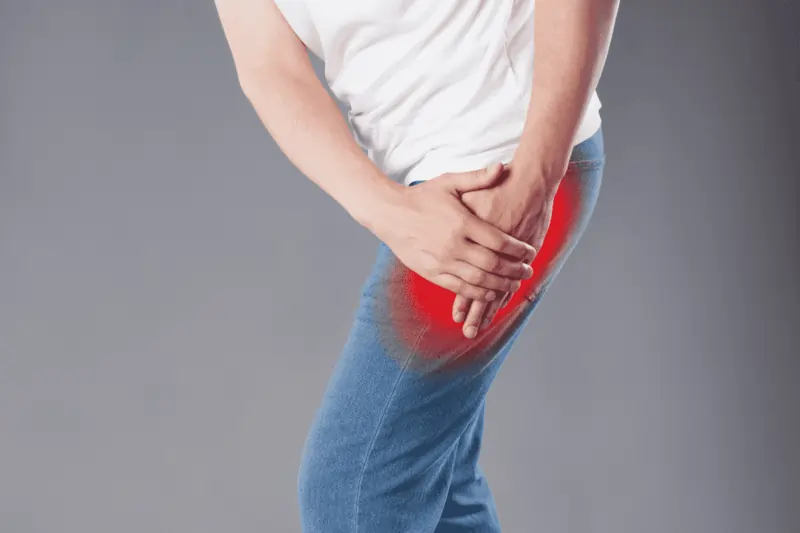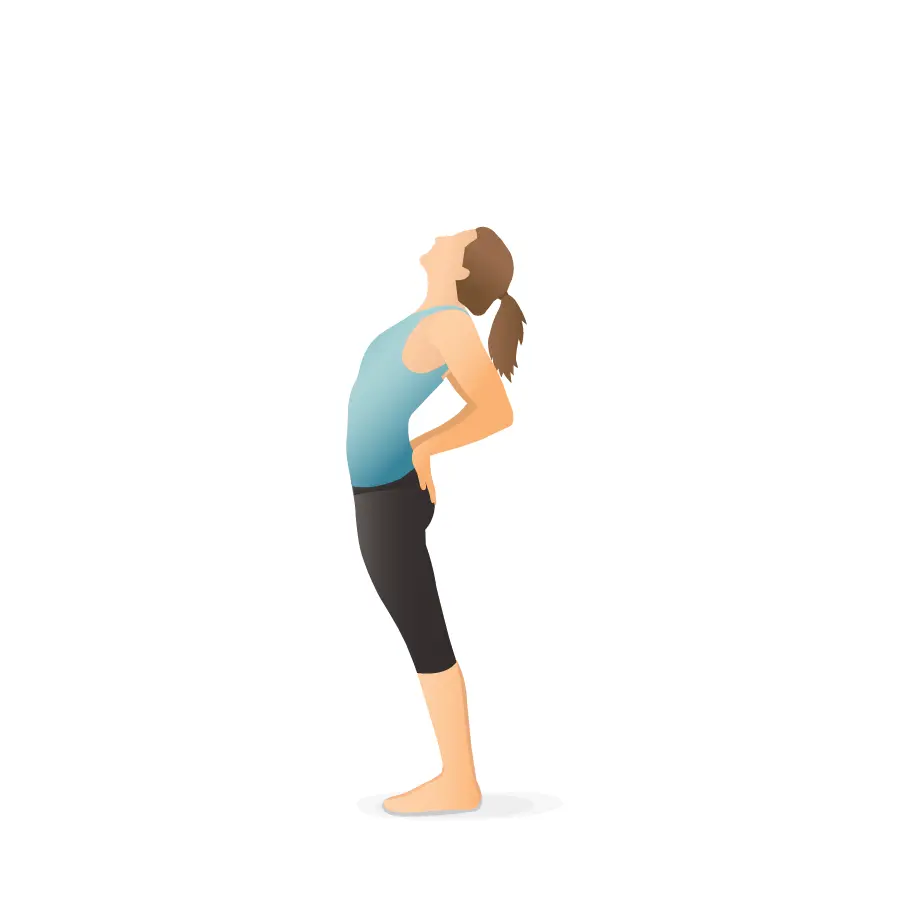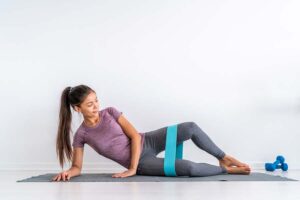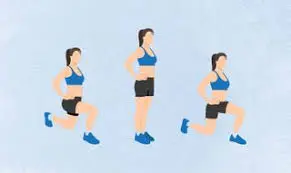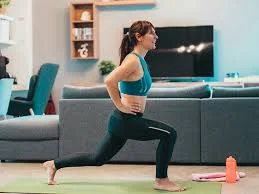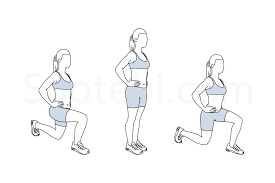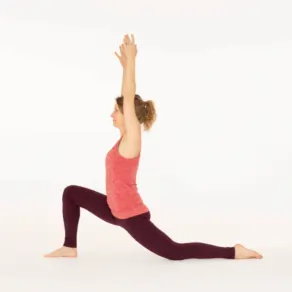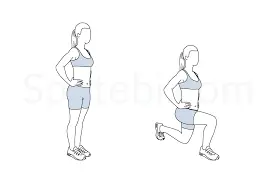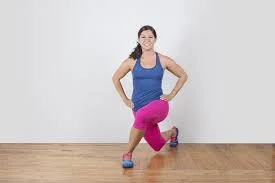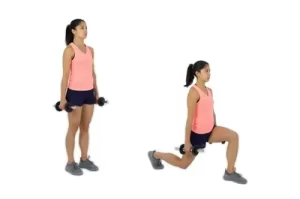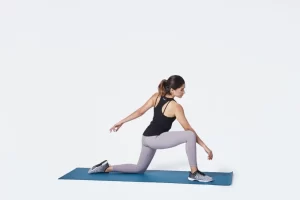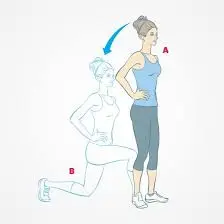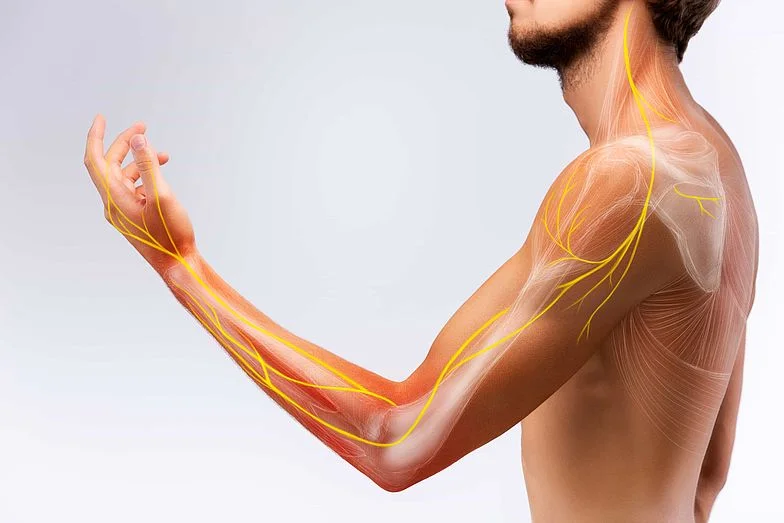Spinal Decompression: What Is It?
Spinal decompression therapy is used to relieve pressure on the spinal discs and nerves. It involves gently stretching the spine, which creates negative pressure within the discs, allowing bulging or herniated discs to retract and promoting the flow of oxygen, water, and nutrient-rich fluids into the discs. This process can help alleviate pain associated with conditions such as sciatica, herniated discs, and degenerative disc disease.
A common injury is compression of the spinal nerve roots. However, compression can also impact your knees, hips, and other joints where nerves and muscles come together. Accordingly, compression may result in excruciating pain that makes it difficult to sit and stand, among other everyday tasks.
The decompression process therapy often relieves nerve discomfort without surgery, reducing risks and speeding up recovery. Numerous factors, such as inflammation, trauma, aging, and bone loss around your joints, can cause nerves to become pinched.
Through the process of creating these spaces, decompression therapy releases pressure on spinal nerve roots that pass through your spine and knees, among other places. To prevent excruciating or incapacitating pain, this can also help realign joints and cure slipped discs.
Spinal compression therapy can be administered with the use of mechanical traction. Traction is mostly applied by chiropractors or physiotherapists.
Traction devices, often known as nonsurgical spinal decompression (NSD) therapy, are another popular form of treatmentTrusted Source. By using a sensitive computerized feedback system, these devices essentially decompress the spinal nerve roots through a technique known as segmental distraction, which is essentially a more sophisticated type of mechanical traction.
Different Spinal Decompression Traction Therapy Types:
There are two types of spinal decompression therapy: nonsurgical and surgical. By gently stretching the spine and encouraging nerve health and repair, motorized tractions are used in non-surgical spinal decompression therapy to relieve back and neck discomfort. Degenerative disc disease, damaged spinal nerve roots, and worn-out spinal joints can all be treated with it.
In contrast, surgical spinal decompression entails the removal or repositioning of painful growths in the spine by techniques such as osteophyte removal, laminotomy, foraminotomy, corpectomy, and discectomy.
- Discectomy: Also referred to as an endoscopic percutaneous disc removal, this treatment relieves pressure on a spinal disc by removing a part of it.
- A laminotomy is a sort of surgery where the lamina, which makes up the vertebrae arch, is sliced away to enlarge the spinal canal and remove any potential osteophytes (bone forms) along the spine.
- Like a laminotomy, a laminectomy involves removing the entire lamina.
- Foraminotomy: To make greater space around the opening of a nerve root in your spinal column, this treatment includes removing bone and connective tissue.
- During a corpectomy, some or all of the vertebrae are removed, along with any required discs that divide them.
How would one go about determining whether they require decompression therapy?
Decompression therapy is not usually the first choice for treating nerve discomfort caused by compression.
In cases of mild or transient compressed nerve discomfort, a physician might advise:
- putting the affected region to rest
- using heat or ice frequently
- using OTC (over-the-counter) painkillers
- employing at-home pain management methods, like stretching
- putting on a brace to stop more discomfort or damage
In case these therapies prove ineffective, a physician might suggest decompression therapy.
Decompression therapy may also be necessary if you suffer from any of the following medical problems that cause nerve compression:
- inflammation or autoimmune conditions like Ehlers-Danlos syndrome (EDS) can cause recurrent bulging or sliding discs.
- conditions are known as degenerative disc disorders, which promote the degeneration of the spinal discs.
- Radiculopathy or any spinal nerve root problem.
- A condition known as sciatica causes excruciating pain in the legs, buttocks, and lower back.
- The condition known as spinal stenosis causes your spine’s nerve-encircling gaps to narrow, which results in back pain.
Spinal Decompression Traction Therapy Advantages:
Spinal decompression traction therapy is an effective treatment for a variety of lower back pain disorders. Most patients find it simple to decide whether they want this treatment because there is no danger involved. Among the main advantages of undergoing this therapy are:
Intradiscal pressure becomes negative with regular therapy. Repositioning the misaligned, ruptured, or bulging disc becomes easier to handle and less painful as the pressure on the spinal discs decreases.
Important nutrients are also made available to the spinal discs by the decrease of intradiscal pressure. After consistent therapy, their health gets better.
Ligaments, tendons, and muscles all stretch and become more pliable and loose.
As the gel nucleus is drawn towards the centers of the bulging discs with consistent therapy, the discs restore their place.
The neuron exits the spinal system through larger tubes. As a result, nerves receive more blood and oxygen.
Patients are taught the detrimental effects of gravity and bad posture on the spinal joints.
This therapy is administered after spine surgery to a large number of individuals. Experts in spinal decompression can assist any patient, even those who have had unsuccessful back procedures. People must speak with medical experts to find out if they are eligible for this therapy, though.
Spinal Decompression Traction Therapy Hazards:
All things considered, this therapeutic approach is secure and cozy. Never do patients leave the doctor feeling worse off than when they arrived. When administering this therapy, expert physicians adhere to the “DRS protocol” (Decompression, Reduction, and Stabilisation). The majority of people who receive this therapy do not have any unfavorable side effects or consequences. A common “risk” associated with this therapy is experiencing body aches or pain.
This is because the body feels a little dull for a few weeks while it adjusts to stretching and decompressing. Your muscles will be stretched in unfamiliar directions throughout this therapy. As a result, patients experience mild discomfort for a few days. Fortunately, most patients report feeling at least 50% improvement after dealing with this minor pain.
In which cases is traction therapy for spinal decompression not the best option for you?
There are certain situations in which this kind of decompression therapy is not suitable:
- individuals with spondylolisthesis and osteoporosis.
- those who already have tumors or spinal infections.
- Patients with ankylosing spondylitis.
- Individuals who take blood thinner drugs.
- pregnant women because this therapy puts much pressure on their abdomens.
- Individuals who have chronic problems with spinal instability (such as osteoporosis).
- Individuals who recently underwent metal plate implants or spinal surgery
It is not simply these people who can benefit from this therapy. However, it is essential to speak with a doctor beforehand.
Which examinations establish the extent of the damage?
- Bone scans: An imaging test to find infections, tumors, or bone fractures. Your doctor prescribes a bone scan to identify the cause of your back pain.
- Diskography: A dye that appears on X-rays and other images is injected into your back by your healthcare professional. Diskography can display any disc damage.
- Electrical tests: To examine the electrical activity in your muscles and nerves, your doctor prescribes electromyography. The speed at which electrical signals travel from your nerve to your brain is measured in an evoked potential examination. The function of your nerves is examined by the nerve conduction velocity test (NCV).
- Diagnostics scanning: Your medical professional will use imaging techniques to provide “pictures” of the internal workings of your body. These pictures might help you figure out what’s hurting. X-rays, CT scans, and magnetic resonance imaging (MRI) are examples of specific imaging.
Procedures to Follow Before Beginning Spinal Decompression Traction Therapy:
The following actions can help you become ready for this kind of therapy:
Be Aware: You’ll receive anything from 15 to 30 treatments. A treatment takes thirty to forty-five minutes. Patients begin to experience transformations after four to six weeks.
Wearing a Harness: Patients need to wear customized harnesses for them to receive optimum decompression. Safety switches are included with these harnesses. In case they feel uncomfortable throughout the therapy, they can press the switch to stop it.
Health: On the day of the therapy, hydrate well with water. To improve strength and mobility following therapy, work out at home.
What should I expect following a session of spinal decompression traction therapy?
After 12 to 20 sessions of this therapy, the majority of patients report getting remarkable improvement in their pain and symptoms. Following this therapy, they have greater motivation to exercise and move around more. There aren’t any noteworthy “recovery periods.” More visits are necessary for certain conditions. Patients’ conditions, however, never worsen.
The following advice will help you recover from this therapy successfully:
- Follow the post-treatment care recommendations in the letter.
- Remain active, but steer clear of strenuous activities.
- Keep your posture straight all day.
- Yoga and stretching exercises might help you become more flexible and reduce tension.
- Eat a nutritious diet along with plenty of water.
Conclusion
When severe or chronic pain from compressed nerves interferes with your daily life, decompression therapy is thought to be a useful treatment.
If you experience excruciating pain in your lower back, hips, knees, or spine that does not improve with at-home remedies or other therapies, make an appointment with a physician or chiropractor
FAQs
How long does it take for results from spinal decompression traction therapy to manifest?
The degree of the ailment, how long it has been there, and general health all affect the results of spinal decompression traction therapy. It may take a few sessions or several weeks/months to notice any improvement. After multiple sessions, the majority of patients report improved mobility and a reduction in symptoms.
Is Traction Therapy for Spinal Decompression Safe?
Spinal decompression traction therapy is generally regarded as a safe procedure by a skilled healthcare expert. However, there are some hazards associated with any medical treatment, such as increased pain, muscular spasms, and nerve damage. Individuals suffering from specific medical disorders, such as severe osteoporosis or spinal fractures, might not be suitable candidates for spinal decompression therapy.
Does Traction Therapy for Spinal Decompression Cause Pain?
For spinal decompression, traction therapy typically causes little pain. During the procedure, patients lie on a table as a specialized gadget gradually stretches their spines, giving them a little pulling or stretching sensation. After treatment, patients may feel some moderate pain or discomfort, but this normally goes away in a few hours. On the other hand, patients should get in touch with their healthcare professional right away if they have severe or persistent discomfort during or after therapy.
How long is a session of spinal decompression traction therapy?
Depending on the type and severity of treatment needed, the length of the sessions might range from thirty minutes to an hour. It is essential to negotiate the length of each session with a skilled healthcare expert to get the greatest possible outcomes.
Spinal decompression therapy: what is it?
A form of traction therapy called spinal decompression is performed on the spine to provide several potential advantages, such as: Encouraging the herniated or bulging disc material to retract or realign, creating a negative intradiscal pressure.
Who wouldn’t benefit from spinal decompression?
Spinal decompression is not a recommended course of action if you have spinal implants, a tumor, a fracture, or are pregnant.
References
- Professional, C. C. M. (n.d.-b). Spinal Decompression Therapy. Cleveland Clinic. https://my.clevelandclinic.org/health/treatments/10874-spinal-decompression-therapy
- Physiotattva. (n.d.-a). Effective Spinal Decompression Traction Therapy at Physiotattva. PhysioTattva. https://www.physiotattva.com/therapies/spinal-decompression-traction-therapy
- Jewell, T. (2022, December 2). Decompression Therapy: What You Should Know About This Technique. Healthline. https://www.healthline.com/health/decompression-therapy#takeaway
